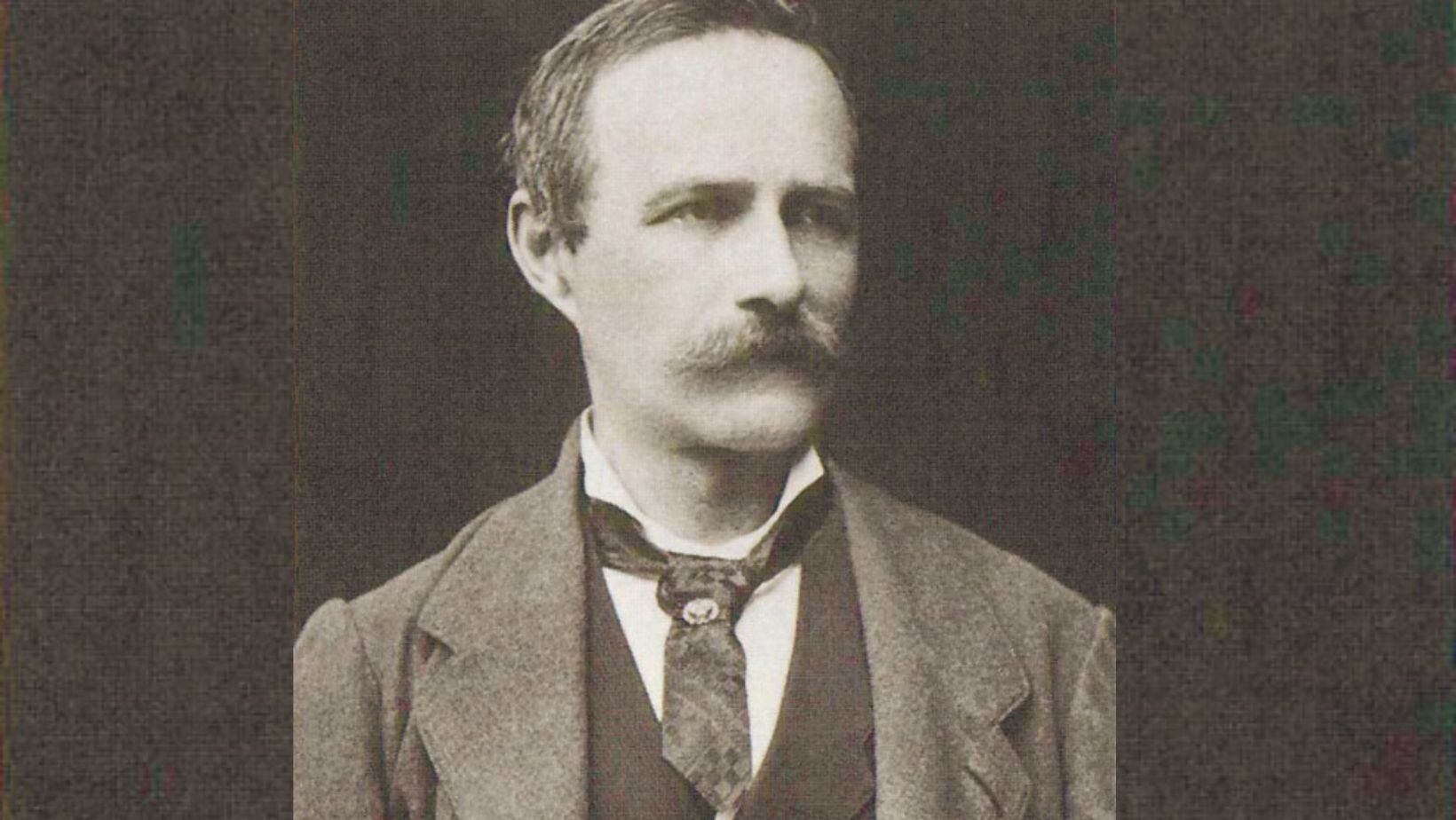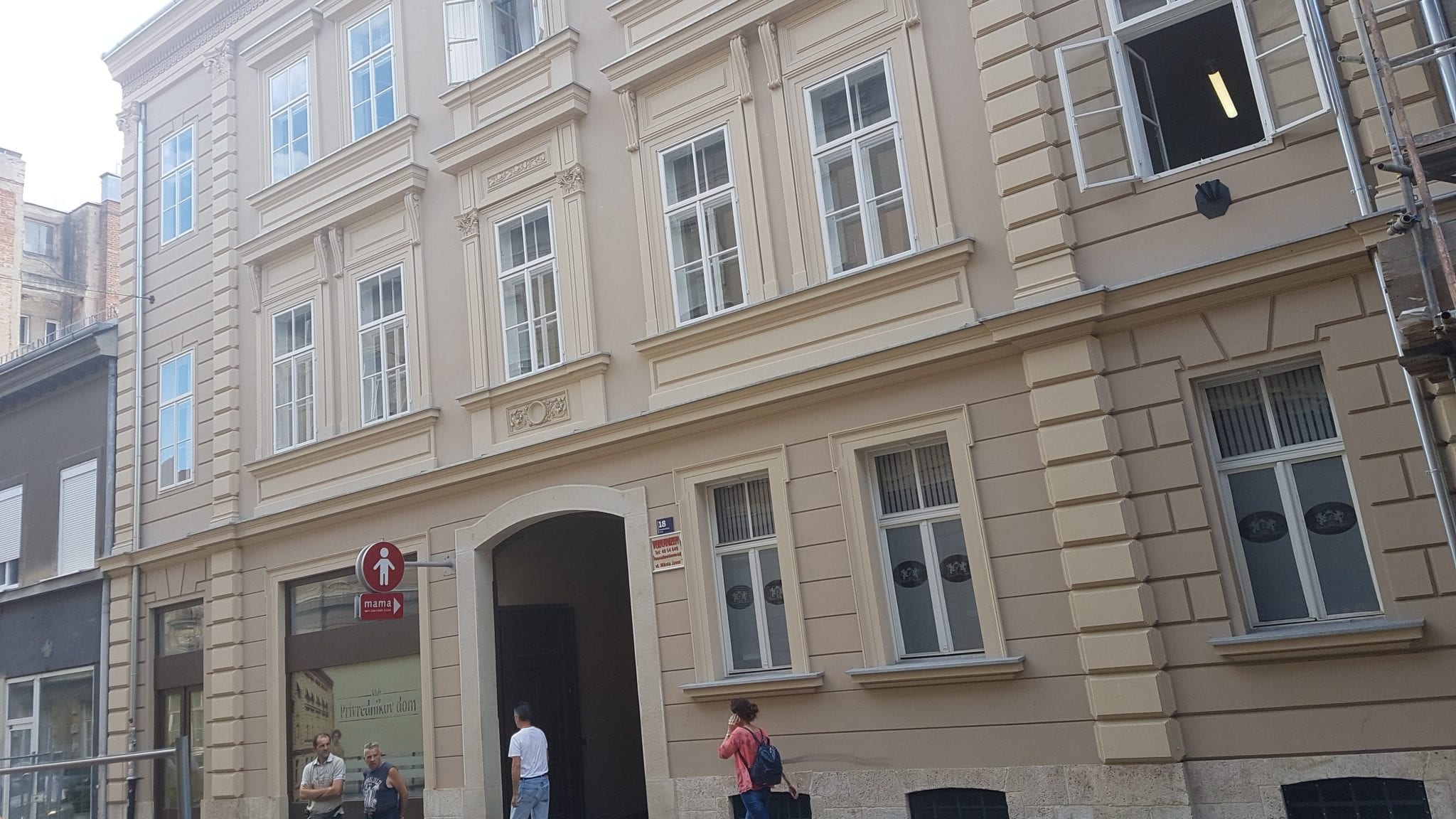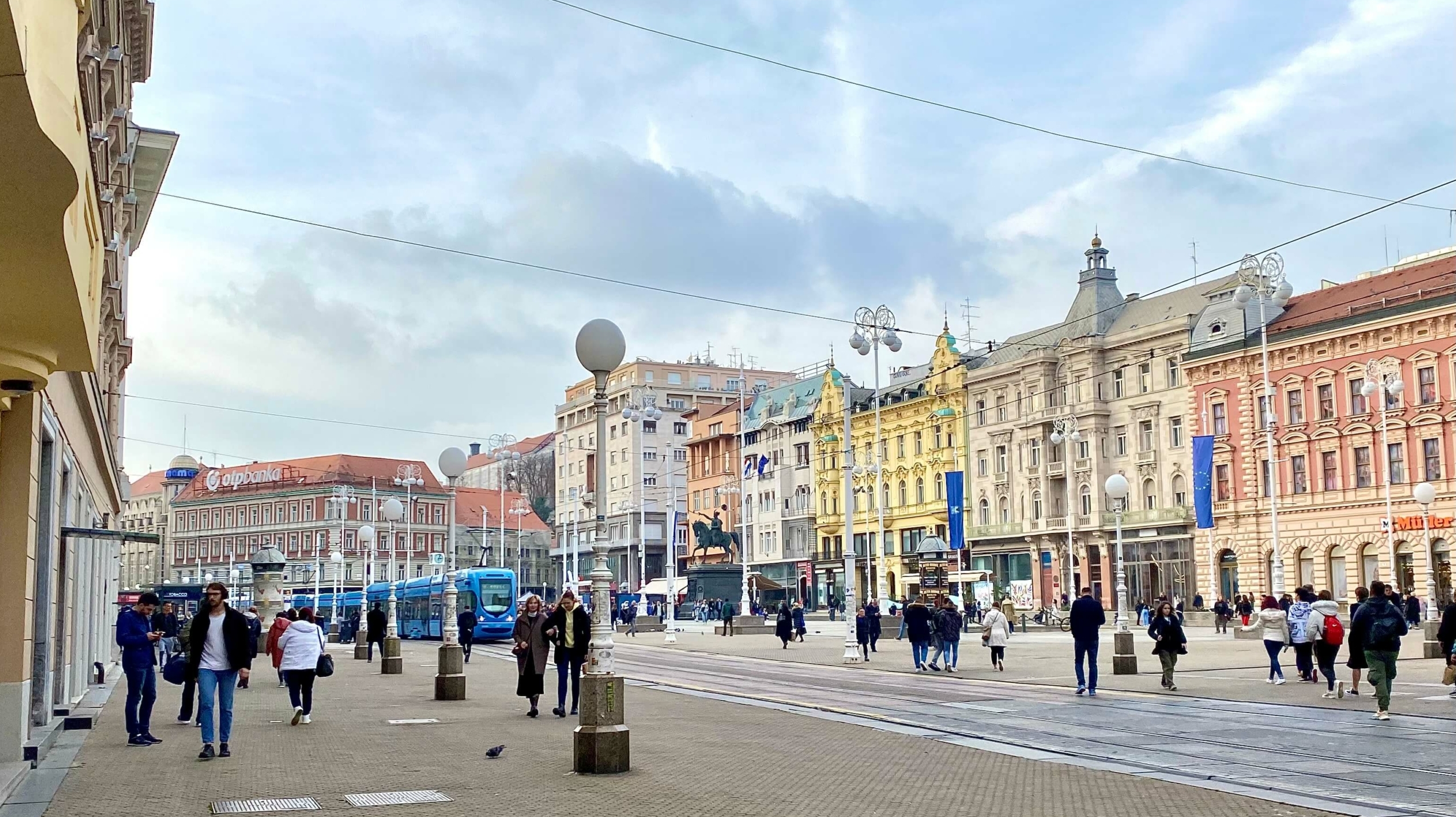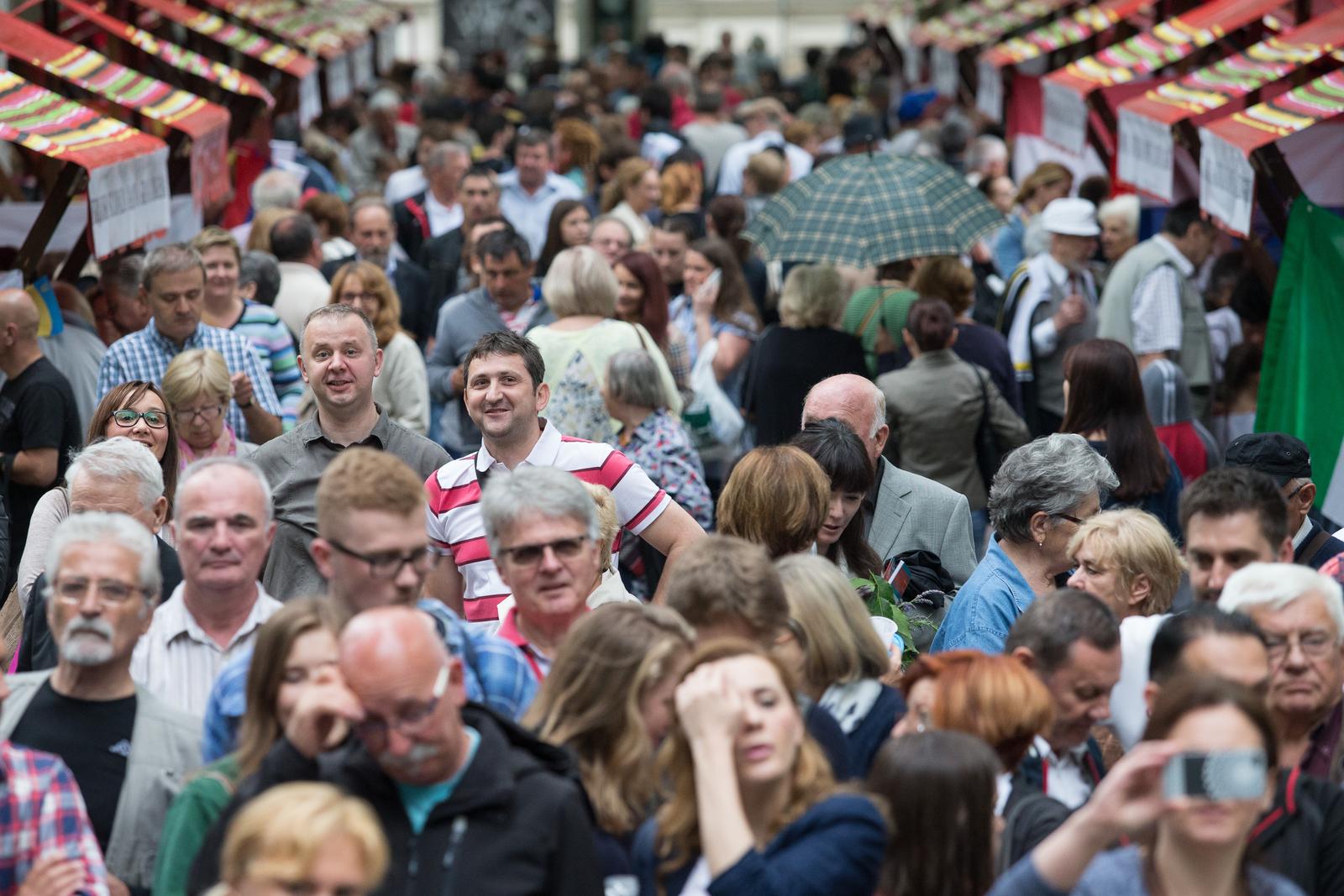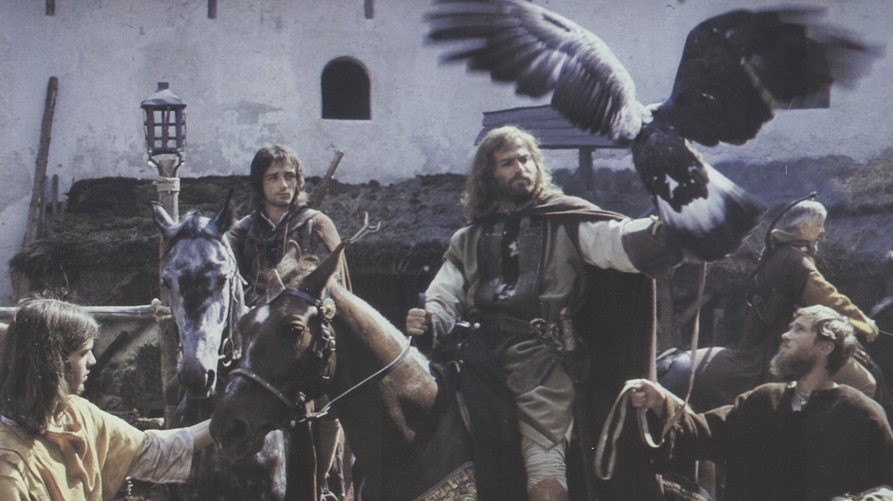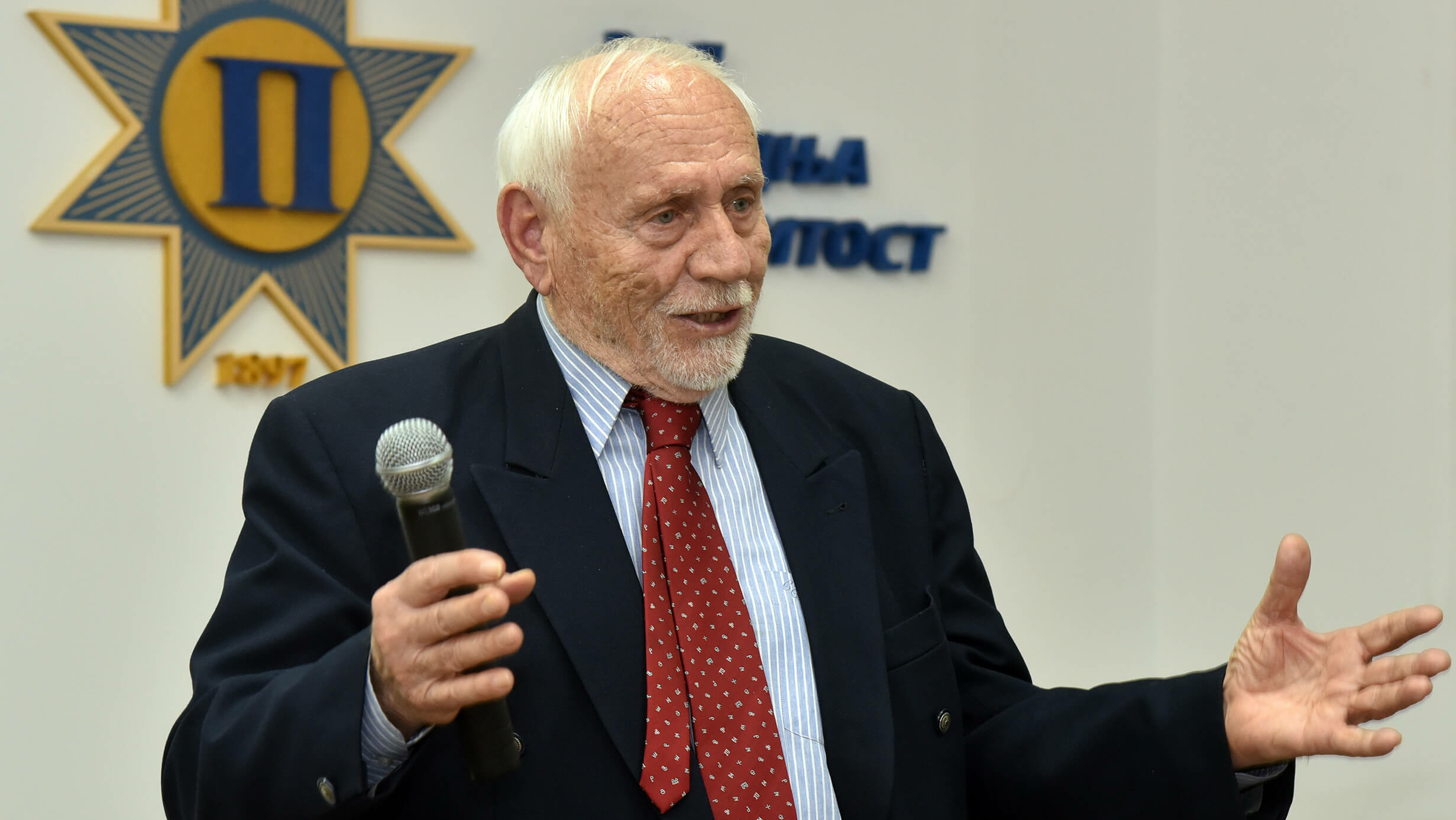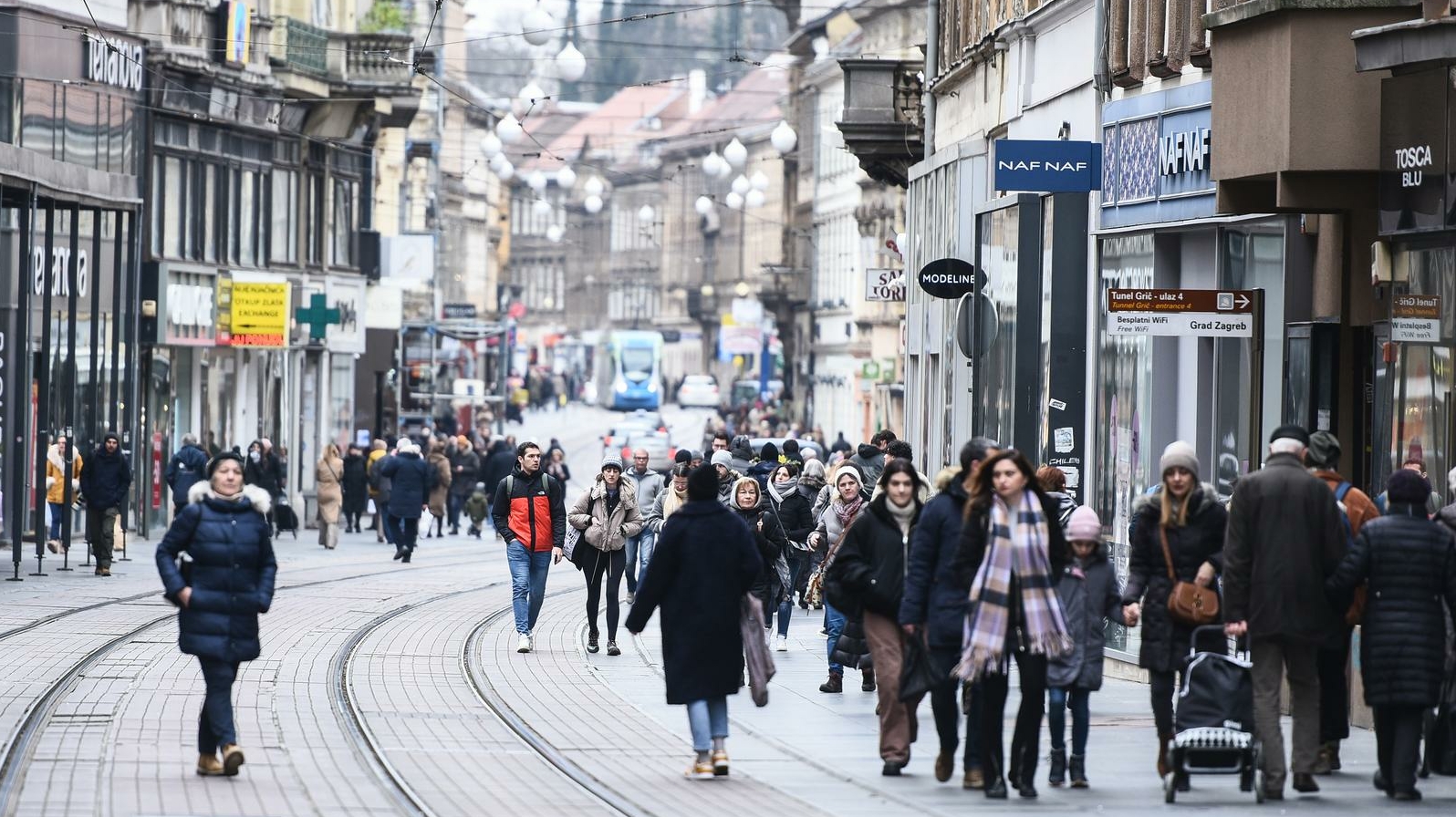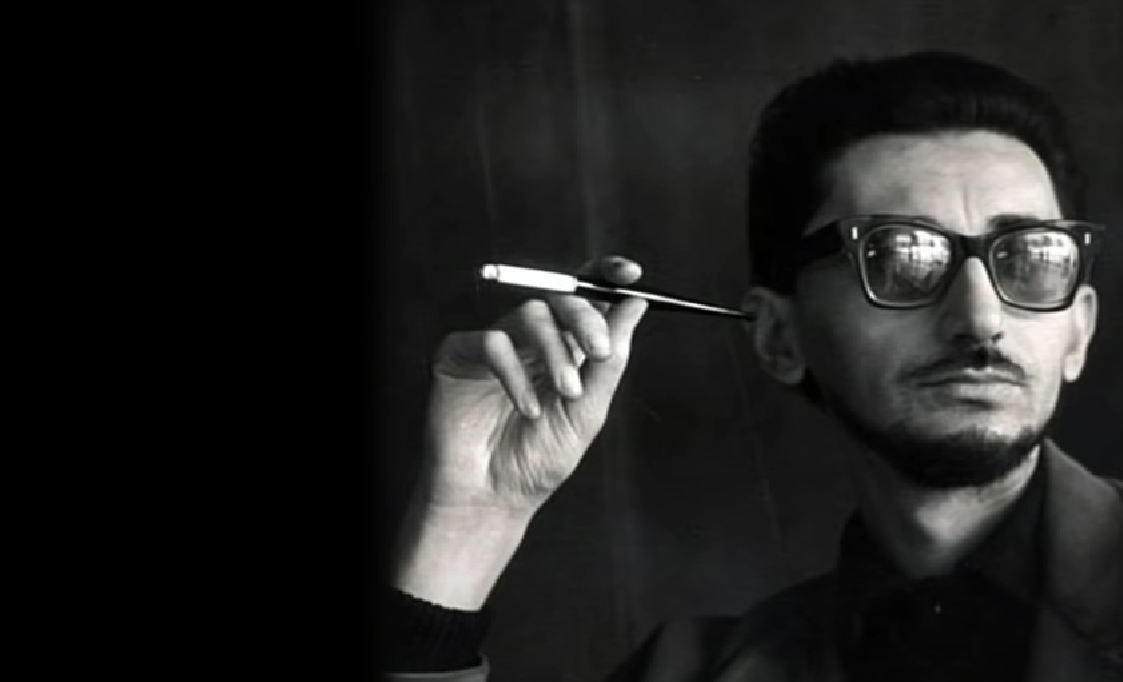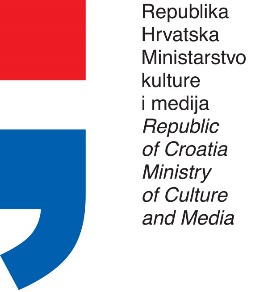
Najvažnija knjiga Danila Kiša premijerno je objavljena u Zagrebu
Legendarni zagrebački književni urednik Zlatko Crnković odbija objaviti Kišovu „Grobnicu za Borisa Davidoviča” obrazlažući to komercijalnim razlozima. Tridesetak godina kasnije on će priznati da mu je odbijanje „Grobnice“ bila najgora profesionalna odluka u životu. „Grobnicu za Borisa Davidoviča“ će 1976. godine ipak objaviti zagrebački „Liber“, a kao urednik će biti potpisan Slavko Goldštajn

